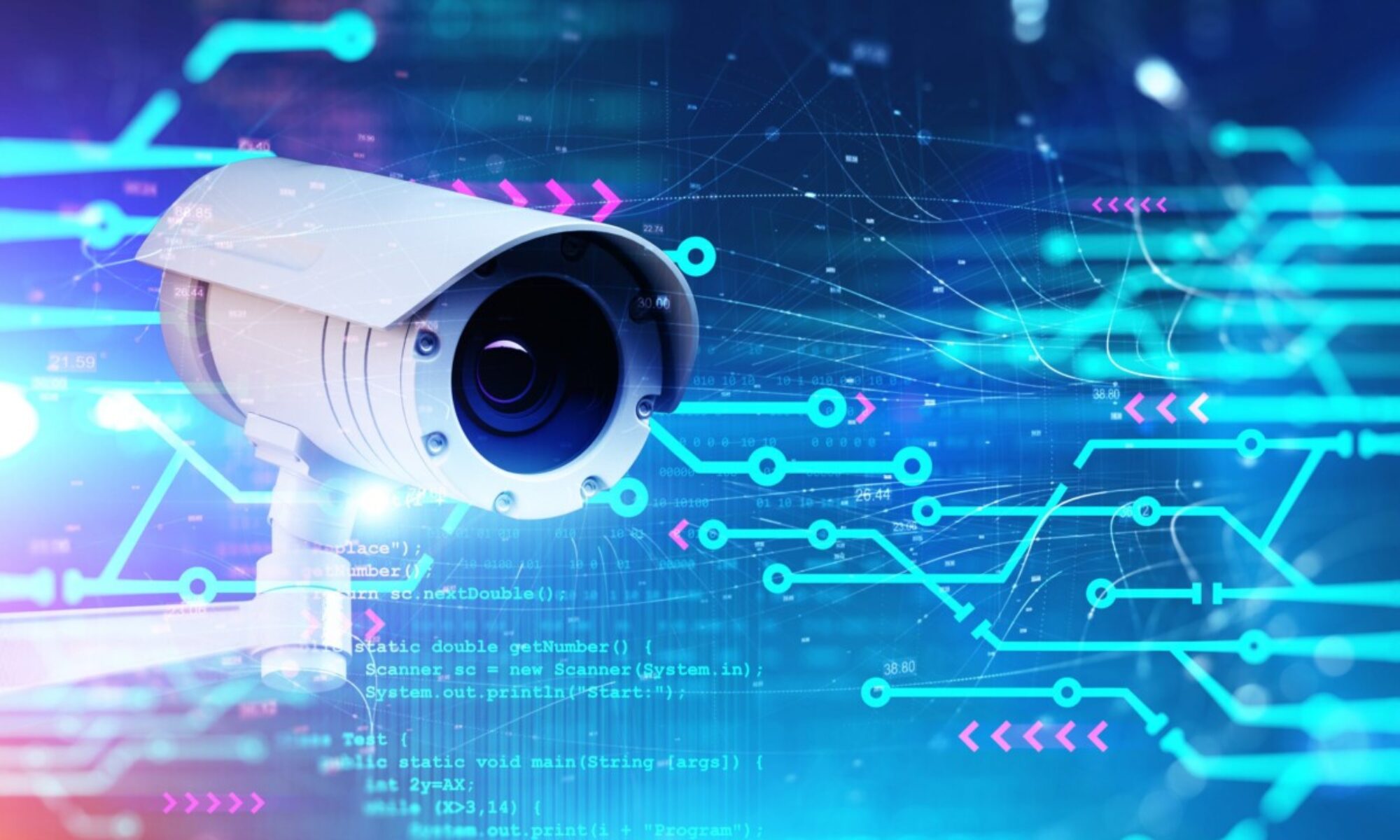A surveillance camera is an effective tool for police and local authorities for the protection of residences in the area. They assist in reducing the rate of criminal motives, vandalism, anti-social behaviors (see Morgan & Dowling, 2019; Piza et al., 2019; Long et al., 2021). Under the Criminal Justice and Public Order Act 1994, Section 163, local authorities are empowered to perform the observance and monitoring to ensure public safety.
Piza et al. (2019) researched that the CCTV system has contributed to the reduction of drug crime by 20%. Therefore, the Scotland police force and Glasglow city council (GCC) have installed a high number of Closed Circut Television systems (CCTV) in public places for public safety protection (William, 2022). Additionally, the standard of operating procedure (SOP) of surveillance of Glasgow is documented for police use (Glasgow City Council, n.d.; Police Scotland, 2018).
Installing CCTV has the purpose of reducing criminal activity, improving public safety, and monitoring traffic (Glasgow City Council, n.d.). The surveillance SOP must be followed by the Scottish police force in conjunction with CCTV management (Glasgow City Council, n.d.; Police Scotland, 2018).
While not its primary purpose, CCTV footage may be used in the context of employee training in some circumstances. Footage may also be utilized to monitor tenancy behavior and in civil cases such as eviction actions for anti-social behavior.
According to the Surveillance Camera Code of Practice (2013), The government and related agencies use the CCTV system for the goal of safeguarding and assisting inhabitants, not spying on them, and all data is overseen by consent.
All locations where surveillance cameras are installed must have visible and legible signs informing people the system is in operation. This will prevent the offending motives and possible infringement in the supervised areas.
To indicate the specialized cameras in operations and for public awareness, the council-operated CCTV are labeled in black and yellow lettering “Preventing Crime. Promoting Public Safety” (Glasgow City Council, n.d.). To serve community safety, all CCTV footage is served for court and legal entities’ assistance in terms of property protection, resident safety, and crime prevention (Glasgow City Council, n.d).
Many of the cameras are linked to an alarm receiving center run by Glasgow Community and Safety Services on behalf of the Council (Community Safety Glasgow). Furthermore, every CCTV footage has fourteen days before deletion unless there is a demand for an extended time of retention (Glasgow City Council, 2020, n.d). Public spaces CCTV can be taken over by Police Scotland in certain circumstances (Glasgow City Council, 2020).
Locations – Cameras are installed widely, especially areas of high-rate of crimes
Operation – The surveillance system is on 24 hours a day, seven days a week.
The camera sitting and positions, as well as the equipment used, are all appropriate for the purpose for which the photographs are being taken. If CCTV surveillance is required in a location where there is a high expectation of privacy, such as restrooms, signs will be conspicuously displayed to alert individuals to the presence of CCTV surveillance. Such occurrences will only be required if there is a reasonable suspicion of criminal behavior that will be reported to the authorities. No cameras will be used to record conversations. Individuals’ movements and acts are only monitored and recorded by cameras.
Targets and Purposes – An individual, group, persons, objects, vehicles and traffics are the targets of CCTV for criminal investigations, offenders identification, guilty plea securing, witness statement verification, and potential witness identification (Morgan & Dowling, 2019).
CCTV Requirements of Quality Recording
The quality data recording should identify highlight points to remember, clear pictures of data subjects in terms of body language, suspected behaviors, and a clear view of the surroundings.
Data demonstrates the anti-social, offending behaviors, violence will be automatically sent to Police Force.
The criminal data should specifiy the following information:
- Date and time of conviction
- Location
- Offended behaviors



